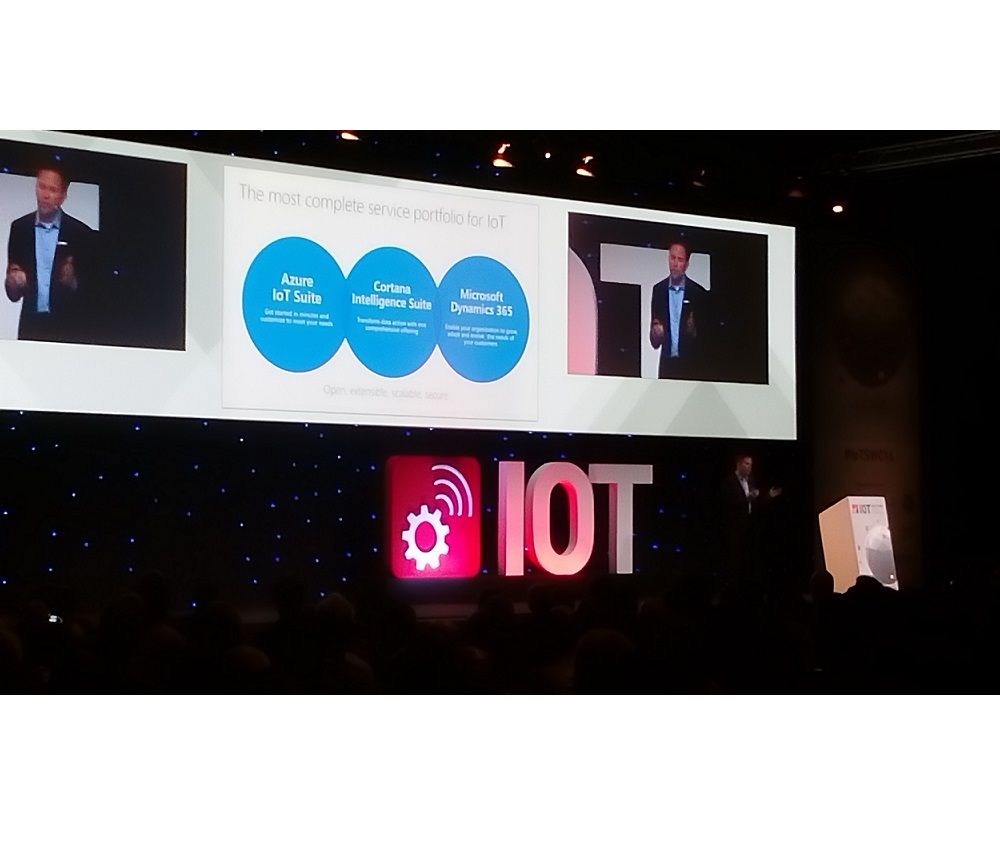
Last week, for the second year in a row, Barcelona hosted the IoT World Congress, likely the best and biggest event for players in the industry. The congress dealt with several specific verticals, analyzing how IoT is impacting and disrupting them: healthcare; transportation; energy; manufacturing.
Interestingly enough, few common trends emerged as a result of the conversations made during the event: first of all, IoT projects drastically vary one from the other, but all of them have common (and several) challenges, both technical and business ones. The main problem is indeed collecting and analyzing data, which can in turn be divided into business process issues, slow adoption of new technologies, and timely collection of data through remote devices.
8,000 visitors and 160 speakers contributed to the on-going discussion on how the 20 billion devices that will cover the market by 2020 will interact with existing industries. Connected devices will actually generate more than 500 zettabytes of data per year in the next 3 years, and they will multiple the amount of data collected in 2016 by over 250 times – and indeed the event was overwhelmed by examples of these devices, such as beacons, sensors, and even proper robots.

IoT is usually used to either optimize existing business value chain or to tackle new strategic business investments and opportunities. However, it is not delivering its full potential because of those data challenges, and it seems that most of company executives would be willing to collect, analyze, and use more data coming from devices if the total cost of analyzing and collecting those data would be lower. They see the value, but cannot currently afford the associated costs.

The sector which seems to us more affected by this trap is the insurance vertical, which historically has resilience to innovate. “The insurance sector is undergoing an incredible transformation ” - says Matteo Carbone, founder of the Connected Insurance Observatory – “various initiatives and projects launched around the globe stand as proof. Insurance IoT is one of the Insurtech trends with the greatest potential to change the way in which business is being done in the insurance sector. There are common pitfalls that drive complexity in the adoption of the connected insurance: greater focus on the device than on the strategic goal to achieve; silos approach focusing only on one use case while missing the overall picture of the insurance value chain; “me too” approaches… In this context, we created the Observatory, a think tank to discuss about this innovation and to stimulate the debate on the insurance sector. The Observatory started at the beginning of 2016 leveraging the experience of the auto insurance telematics sector on the Italian market, where this approach is already mainstream with more than 5 million telematics insurance policies, representing more than 16% of the Italian auto insurance market”.
“Connected insurance” concludes Carbone “allows the insurance sector to increase the frequency of interaction with the client, to achieve concrete economic benefits on the insurance bottom line and to create new knowledge about the clients and their risk. If the Insurers will not exploit this opportunity others will do it, we have seen just a few weeks ago Metromile – an insurtech startup - to announce that they will acquire an insurer”.

